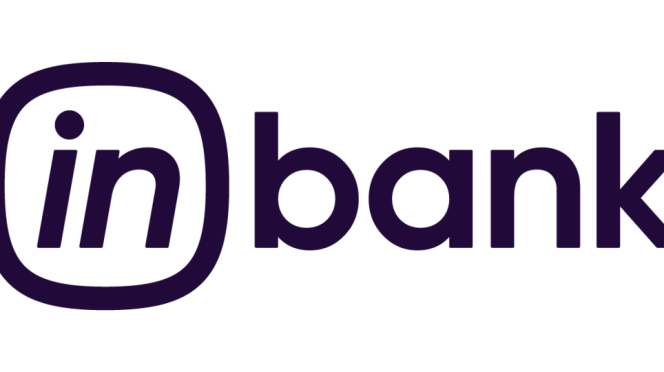Chattanooga finance expert offers 6 tips to build brighter financial futures
Employers should want their employees to be successful — not just at work but in life. There are a lot of factors that go into achieving that goal, but helping your employees plan for retirement is a fantastic way to make a lasting positive impact.
Financial literacy is such a common topic of discussion, but it’s one that we often consider in passing. Think about it: The last time financial literacy came up in your daily life, were you involved in (or listening to) an in-depth discussion, or was it mention ed as something that’s extremely important with little additional context? Whether you’re thinking of a national news story you overheard while getting ready for work or a conversation about employee benefits, I’m guessing it was the latter.
And that’s the problem we’re discussing today.
I’ve worked as a retirement planner for more than 15 years, and I’ve seen it more times than I can count: So many otherwise high-functioning, competent people don’t have a handle on their financial futures. This can happen for a lot of reasons. Many times, it’s due to the simple fact that they didn’t grow up in financially literate households. The truth is, a parent or guardian can’t teach what they don’t know. This means we have many professionals entering and/or currently operating in the workforce who have little to no real understanding of what they should do to set themselves up for the future.
This is not intended as a criticism of those who need more guidance. It can be true of some of the smartest people you know. It can be true of the highest-performing members of your team. Just because someone is great at their job doesn’t mean they have the background and knowledge required to develop a strategic financial plan.
While this might feel like a heavy realization, there’s good news — those incredible people on your team have a support system: you. Your team is spending their time investing in your company; you have the power — and responsibility — to invest in them.
Today, I’d like to share a few simple ways employers can make a lasting impact on their team members’ financial futures.
Offer some type of retirement benefits. Ask anyone who knows someone living on Social Security alone — the sad truth is that it’s just not enough. That’s why it’s so important to offer your employees some type of retirement benefit, whether you have one employee or 100. Adding an employer match makes the decision to invest easier for team members and demonstrates that you value your employees. Additionally, great retirement benefits help with retaining and recruiting great talent.
Consider your team members individually. The importance of understanding the diverse needs of your employees and aligning your plan based on those needs cannot be overstated. What a team member needs in their 20s is going to be very different than that of someone in their 50s. An entry-level employee may need help budgeting or building an emergency fund, while someone approaching retirement is going to have an entirely different set of questions and needs. Thinking about where your team members are in their life stages can go a long way in helping you figure out how to make a tangible impact.
Get team members set up with auto-enrollment and escalation. For most of the people I talk with, the biggest hurdle is simply getting started. Auto-enrollment helps with that. Additionally, I have seen people who may get started at one savings rate and never think about it again. This doesn’t account for raises and the ever-growing cost of living. These challenges can be remedied by auto-escalation, which increases employee contributions to retirement plans at a predetermined increment annually. If you don’t go the automated route, be sure to talk with your retirement plan representative each time you bring on a new hire or give raises.
Use plain language when discussing finances. I am a financial professional, so I am allowed to say that we can overcomplicate things! While acronyms, industry lingo, and buzzwords might make it into your leadership reports, they have no place in educating your team about their finances. Not only will they go over people’s heads, but they can also make financial discussions feel intimidating. Make sure you and your retirement plan representative are using simple, easy-to-understand language and providing everyday examples. This makes it easy for team members to engage with follow-up questions.
Help people visualize the impact of saving. People often don’t realize that saving a small amount today can turn into a true nest egg by the time they plan to retire. There are so many calculators and other free tools out there that can help someone see the impact and value of compound interest over time. This not only helps bring investing down out of the clouds, but also demonstrates how impactful even small increases to an overarching savings strategy can be.
Talk about financial topics frequently and proactively. There are so many facets to financial literacy. And, as I mentioned previously, what impacts one team member may be irrelevant to another. That’s why it’s important to schedule regular educational opportunities covering a wide range of financial topics. Maybe that’s a lunch-and-learn event about budgeting. Maybe it’s bringing up changes to your retirement offering in one-on-one meetings to make sure each team member understands what that means for them individually. Maybe it’s hosting your retirement plan representative to talk about how much the average American should be saving for retirement. Whatever you do, understand that these conversations should be ongoing — not one-and-done. These conversations can become a rewarding and positive part of your company culture.
It’s all about the long game. Overall, anyone who knows how investing works will tell you that it’s all about the long game. The same is true for taking care of your employees’ financial futures. There’s no one-size-fits-all solution. If you’re doing retirement and financial planning discussions the right way, they’ll be a part of who you are as a team — not something that you do once a year. Once you start to view benefits and retirement planning as a long-term play, you’ll know you’re doing it right. And if you need help getting there, please don’t hesitate to reach out.
Tracey Smith, CRPS®, is a Relationship Manager at The Trust Company of Tennessee. She oversees retirement plans and endowment services for the organization’s Chattanooga office.








